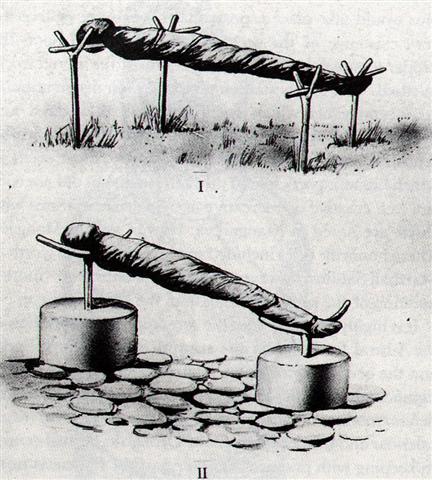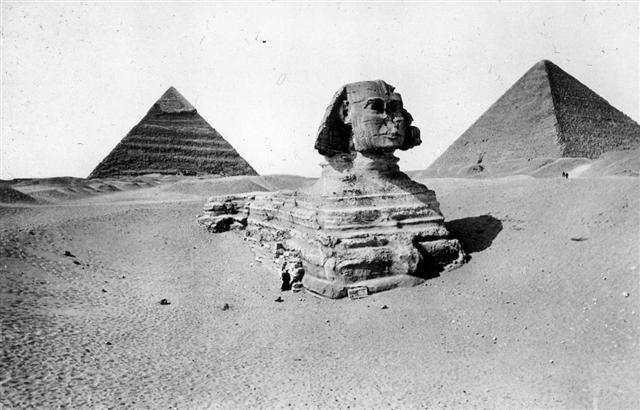Bb1.0 Experience from working with side a of the tablet could make us perceive a division of the flow of glyphs at the beginning of side b into groups of seven (i.e. into right ascension weeks):
Such an idea could be argued by for instance:
There are 31 glyphs in line Bb1, but perhaps we should begin to count already from the last glyph on side a, because this was suggested by the Cardinal letter of Metoro. Maybe he had counted to 6 times 70:
The function of head- and tailless Ba10-32 might be not only to allude to the south pole in the sky at Dramasa (*320) but also to draw attention to the sum 32 of 31 days = 63 = 9 right ascension weeks.
We should recall the end of side b on the G tablet, with 63 right ascension days from Rogo at heliacal Sirrah to Hyadum I (*63.4),
And Perseus walked over 9 dark unknowns (•) when he saved Andromeda from Cetus → 364 - 9 = 355 (December 21): ... Mathematical zero is a difficult concept, not in harmony with thinking globally, not a natural number. When 10 is reached it only means a new cycle will begin, and you cannot add it to the previous cycle because it is either the previous cycle which has returned or a cycle of another kind. The 2nd half of the year is different from the 1st half, and therefore you have to change the mode of counting and continue on your toes ...
|
||||||||||||||||||||||||||||||||||||||||||||||||||||||||||||||||||||||||||||||||||||||||||||||||||||||||||||||||||||||||||||||||||||||||||||||||||||||||||||||||||||||||||||||||
























